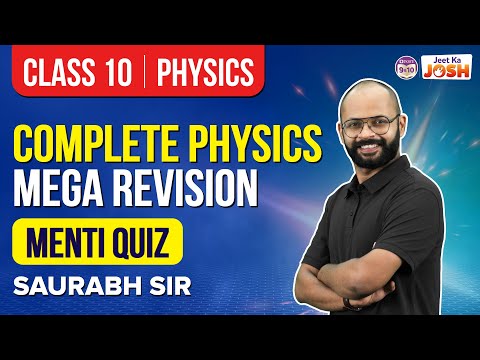Class 10 Physics Chapter 11 The Human Eye and the Colourful World MCQs are provided here with answers. These MCQ questions are designed as per the latest CBSE syllabus and NCERT curriculum. Solving these chapter-wise MCQs will help students to score good marks in the final exam. The human eye and the colourful world Class 10 Science MCQs are prepared for a better understanding of the concept. It allows students to test their knowledge and answering skills in the given time frame.
The below video provides the complete CBSE Class 10 Physics Quiz

MCQs on Class 10 Physics Chapter 11 The Human Eye and The Colourful World
Check the multiple-choice questions for the Class 10 Physics Chapter 11 The Human Eye and the Colourful World. Each MCQ will have four options here, out of which only one is correct. Students have to pick the correct option and check the answer provided here.
Download Chapter 11 The Human Eye and The Colourful World MCQs PDF by clicking on the button below.
Download PDF
1. Scattering of light can be seen in ————-.
- blue colour of sky
- reddening of the Sun at sunrise
- reddening of the Sun at sunset
- All of the above
Answer: (d) All of the above
Explanation: Scattering of light causes the blue colour of the sky and the reddening of the Sun at sunrise and sunset.
2. The change in focal length of the human eye is caused due to ————-.
- Cornea
- Iris
- Ciliary muscles
- Pupil
Answer: (c) Ciliary muscles
Explanation: The ciliary muscle relaxes or tightens the zonules to enable the lens to change shape for focusing.
3. The ability of the eye lens to adjust its focal length is called ————-.
- Indexing of eye
- Accommodation of eye
- Vision restoration
- Adaptivity of eye
Answer: (b) Accommodation of eye
Explanation: Accommodation of the eye helps to maintain a clear image and focus on an object as its distance varies
4. How does the eye change in order to focus on near or distant objects?
- The lens moves in or out
- The pupil gets smaller
- The retina moves in or out
- The lens becomes thicker or thinner
Answer: (d) The lens becomes thicker or thinner
Explanation: in order to focus on near or distant objects, the lens becomes thicker or thinner.
5. The crystalline lens of people at old age becomes milky and cloudy; this condition is known as ————-.
- Hypermetropia
- Myopia
- Cataract
- Presbyopia
Answer: (c) Cataract
Explanation: Cataract is a condition where the lens becomes milky and cloudy. It is seen in old age people.
6. Far-sightedness is also known as ————-.
- Hypermetropia
- Myopia
- Cataract
- Presbyopia
Answer: (a) Hypermetropia
Explanation: Hypermetropia is also referred to as far-sightedness.
7. A person having defective cone cells and unable to distinguish different colours is termed as ————-.
- Hypermetropia
- Myopia
- Colour-blindness
- Cataract
Answer: (c) Colour-blindness
Explanation: Colour-blindness is often inherited and involves the inability to distinguish between shades of colours like green and red.
8. At a particular minimum angle of deviation, the prism is under ————-.
- Minimum deviation position
- Maximum deviation position
- No deviation position
- None of these option
Answer: (a) Minimum deviation position
Explanation: At a particular minimum angle of deviation, the prism is under minimum deviation position.
9. In the rearview mirror of the vehicle, what will be the magnification?
- 1
- greater than 1
- Lesser than 1
- No magnification seen
Answer: (c) Lesser than 1
Explanation: The magnification in the rearview mirror of the vehicle is less than one.
10. In which of the following, does light travel the fastest?
- Oil
- Water
- Air
- Paper
Answer: (c) Air
Explanation: Light travels fast in the air.
Recommended Videos
The Human Eye and Colourful World Class 10 Science (Physics) NCERT Questions |
The Human Eye and Colourful World Class 10 Science (Physics Theory and Questions) |
Optical Phenomena Class 10 Science (Physics) |
Human Eye Class 10 Science (Physics) |
Atmospheric Refraction Class 10 Science (Physics) |
Human Eye and The Colourful World CBSE – Class 10 Exams 2023 |
The Human Eye and Colorful World Class 10 Science Previous Year Questions |
The Human Eye and Colourful World Class 10 Science Chapter Summary |
Structure and Functions of Human Eye – Class 10 Science (Physics) |
Defects of Vision and their Corrections – Class 10 Science (Physics) |
The below video helps to revise the entire chapters of Class 10 Physics |
Stay tuned to BYJU’S and Fall in Love with Learning!
Useful